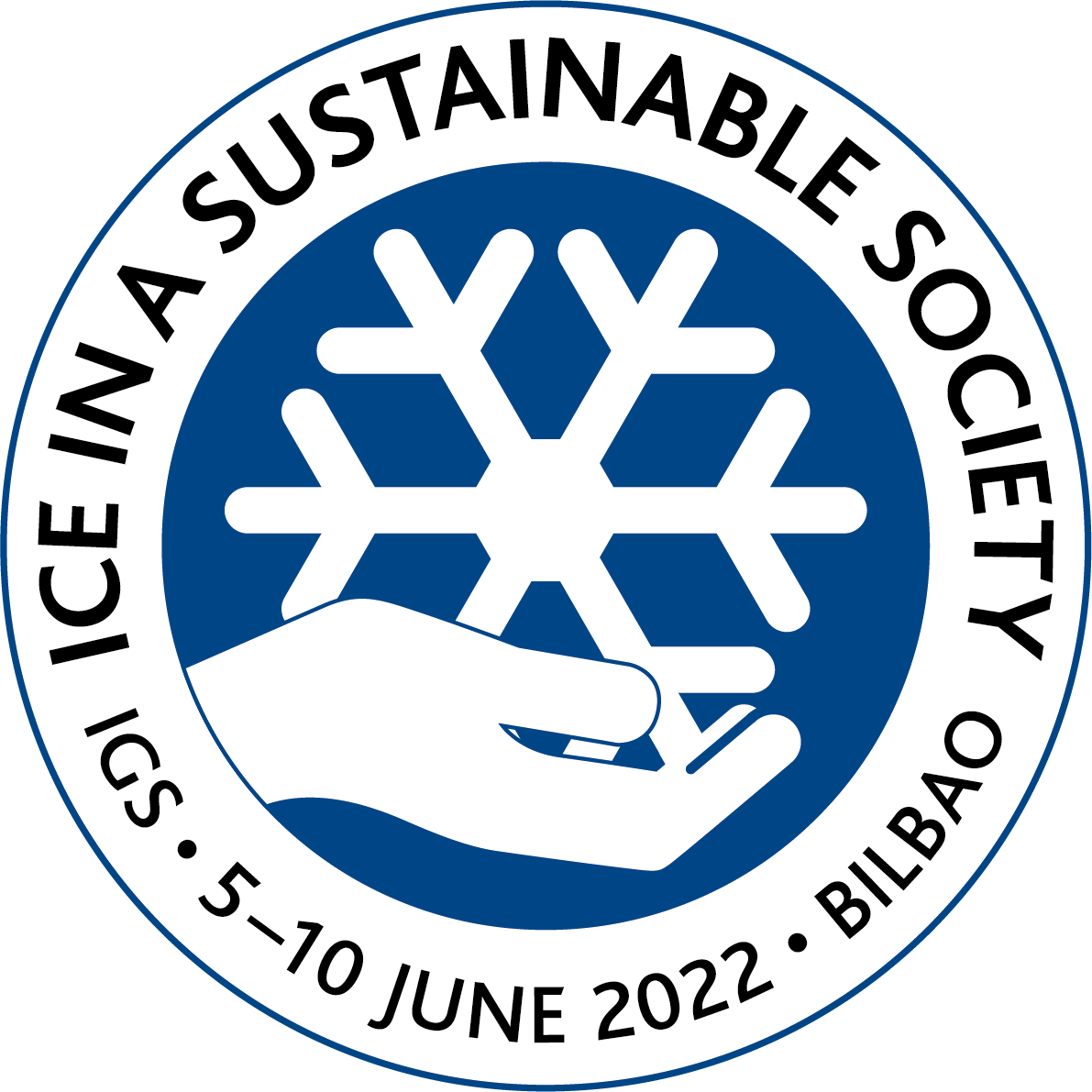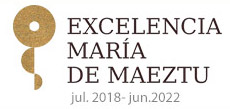The thematic focus of the Symposium is the recent interrelations of glaciology with the natural sciences, mathematics, applied and social sciences and the humanities. All interpretations of this theme are welcome as submissions for presentation at the meeting (see papers, presentations and other type of activities). We organize the Symposium in five blocks of knowledge, whose structure follows the scheme “Glaciology meets X”.
Topics
Glaciology meets the Physical Sciences
This block encompasses the fundamental physics and chemistry of ice in all its forms, including snow and ice mechanics, microstructure, and geochemistry; snow and firn metamorphism; thermal, optical, and dielectric properties of ice; ice phases; solar system ices; and so on. It hosts also topics related to the physical foundations of low-temperature experimental techniques and technologies, like cryo-geochemical analyses; neutrino detection; scanning electron microscopy (SEM); Raman spectroscopy; mass spectrometry (MS); atomic force microscopy (AFM); continuous flow analysis (CFA); neutron and X-ray crystallography (XRC), etc.
Glaciology meets the Formal Sciences and Engineering
This block includes several themes related to mathematics, modelling, and engineering. It encompasses all aspects of “theoretical glaciology”, from mathematical and numerical problems to glacier and ice-sheet modelling. Furthermore, it hosts glaciological applications in engineering and technology, including the use of ice as model material for condensed matter and materials science; issues in cold-regions engineering; architectural challenges on/in/with ice and permafrost; transportation on ice and permafrost; iceberg towing; borehole and ice-core drilling; refrigeration and cryogenic processes; food technology; technological aspects of ice-related sports; etc.
Glaciology meets the Life and Environmental Sciences
This block covers several themes related to biology, ecology, medicine and the environment. In particular, it incorporates cryobiology and cryospheric ecology as a follow-up of the IGS Kyoto Symposium 2018. Furthermore, it deals with the role of the cryosphere in the climate system, including the cryospheric contribution to global and regional climate models (including CMIP6, CORDEX, etc.); ice-core paleoclimate records; glacier inventories and mass balance; sea-ice loss; permafrost degradation; (sub-/supra-/pro-) glacial lakes; etc. Finally, it provides a forum to discuss the recent conclusions from the Sixth Assessment Report, Working Group I of the IPCC (AR6 WGI).
Glaciology meets the Social Sciences
This block covers the socio-economic importance and impacts of the cryosphere in a changing climate. It deals with topics related to climate-change adaptation, vulnerability, risk, resilience, mitigation, equity, litigation, governance, and policy. It also addresses sustainability and the role played by the cryosphere for achieving the Sustainable Development Goals (SDGs) following different scenarios and pathways. Finally, it offers a forum to discuss the conclusions coming up in early 2022 from the Sixth Assessment Reports of Working Groups II and III of the IPCC (AR6 WGII and AR6 WGIII).
Glaciology meets the Humanities
This block unravels the fascinating role played by ice and glaciology in the history, philosophy, and culture of mankind. It includes the significance of ice and the cryosphere for the history and philosophy of science, for scientific communication and journalism, and for climate-change sensibilization and awareness. It addresses also timely themes relating ice to sports and tourism, local and indigenous knowledge, minorities rights, gender equality, etc.; as well as ice in the visual and conceptual arts, performing arts, music, literature, film, interactive media, applied arts and crafts, and so on.





